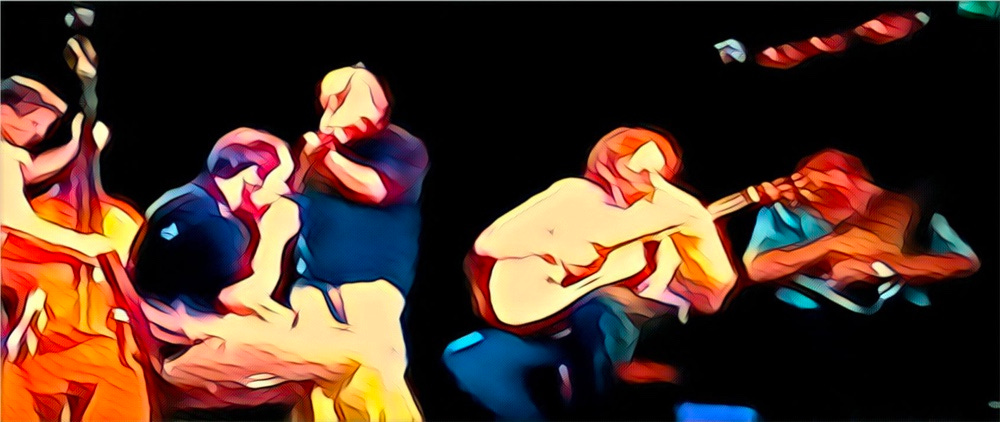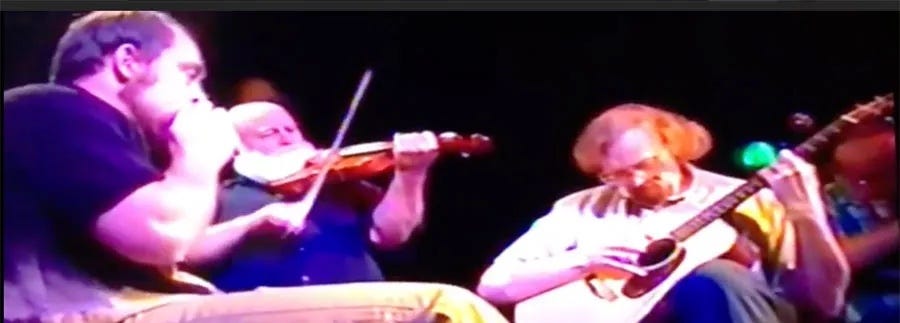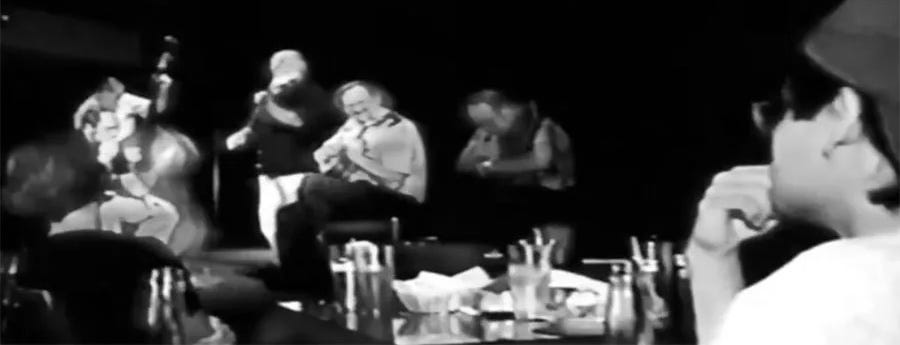Optimism reigned in Huntington as it rolled into the first years of the new century, and with good reason.
After all, ground finally had been broken on the long-delayed “Superblock” — the project that ultimately became the town’s beloved Pullman Square of today — and that highly visible work was inspiring the launch of a number of new restaurants throughout downtown.
This promised to reverse a trend of restaurants closing in the late 1990s. Among the shuttered eateries were some Huntington institutions, including Bailey's Cafeteria and Steak & Ale, as well as some promising newcomers like BrewBakers Brew Pub.
But now among the newcomers were Rocco's Little Italy near the Marshall University campus and The Marshall Hall of Fame Cafe just across 3rd Avenue from all that Pullman Square work.
Calling The Flood
In the summer of 2001, The Flood was courted to be part of this restaurant revival when the band was invited to audition to be a regular feature at the new Masquerade Dinner Theater, which intended to open in a recently vacated building at 332 10th St.
The space was the ground floor of a parking garage at 4th Avenue and 10th Street which earlier had housed a restaurant, a furniture store and, before that, a department store.
Masquerade would be managed by Philadelphia native Chris Mael, previously a corporate trainer for T.G.I. Fridays and for Hard Rock Cafe. By then, Mael had been in Huntington for five years, working on the night club scene at places like the Wild Dawg Saloon and Club Utopia.
Teaming with longtime music promoter Rick Widdifield, who ran The Stoned Monkey for five years and who has been booking entertainment for 15 years, Mael oversaw a five-month, $65,000 renovation at the former site of Dan Shoemaker’s popular restaurant called “Oliver’s Fine Foodrinkery.”
Mael and Widdifield augmented its stately ambience with a hardwood bar and dining area. They also added a 35-foot-by-25-foot-stage and state-of-the-art light and sound systems.
Expanded Flood
By the late summer of 2001, The Flood was expanding too. The quartet that was Doug, Joe, David and Charlie had grown by two.
Chuck Romine had played with the band since January and Sam St. Clair had joined up just the previous month. So it was a sextet that auditioned for Mael and Widdifield, who immediately booked the group for a Sunday, Aug. 19, performance.
Hopefiul
Operators of the new venue were overly optimistic about the venture’s prospects; they expected to have a comedian on stage every Saturday night and a jazz band every Wednesday.
After auditioning The Flood in early August, they said they wanted to have the guys for two shows every Sunday evening for the next six weeks.
Alas, it turned out Masquerade wasn’t even around for six weeks. The food got pretty harsh reviews from potential patrons — the kitchen even closed before The Flood’s second set at its first and last performance there — and the theater was closed by mid-autumn.
First TV Exposure
Still, the evening rated a spot in The Flood memory book, because WSAZ-TV swung by to film a bit of the set for the evening news. This was the first video for the 21st century edition of The Flood.
Incidentally, this wasn’t The Flood’s last experience with that location. A year later, the room would be revamped again, this time by Roy Clark and Terre Thomas. It was to become their wonderful Saint Zita’s Grille, featuring an astounding spread of Creole cuisine and regular evenings with The Flood. But that’s a story for another time.








